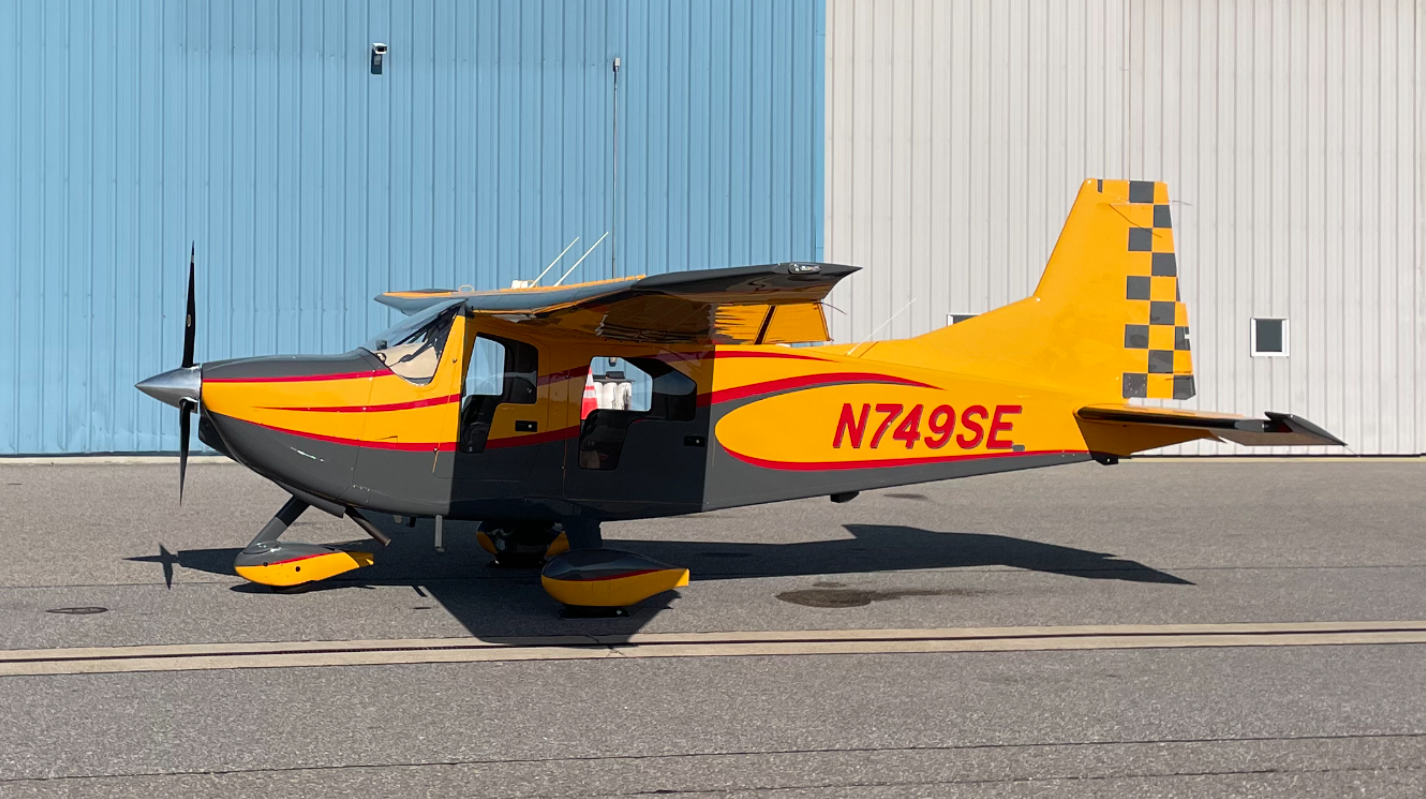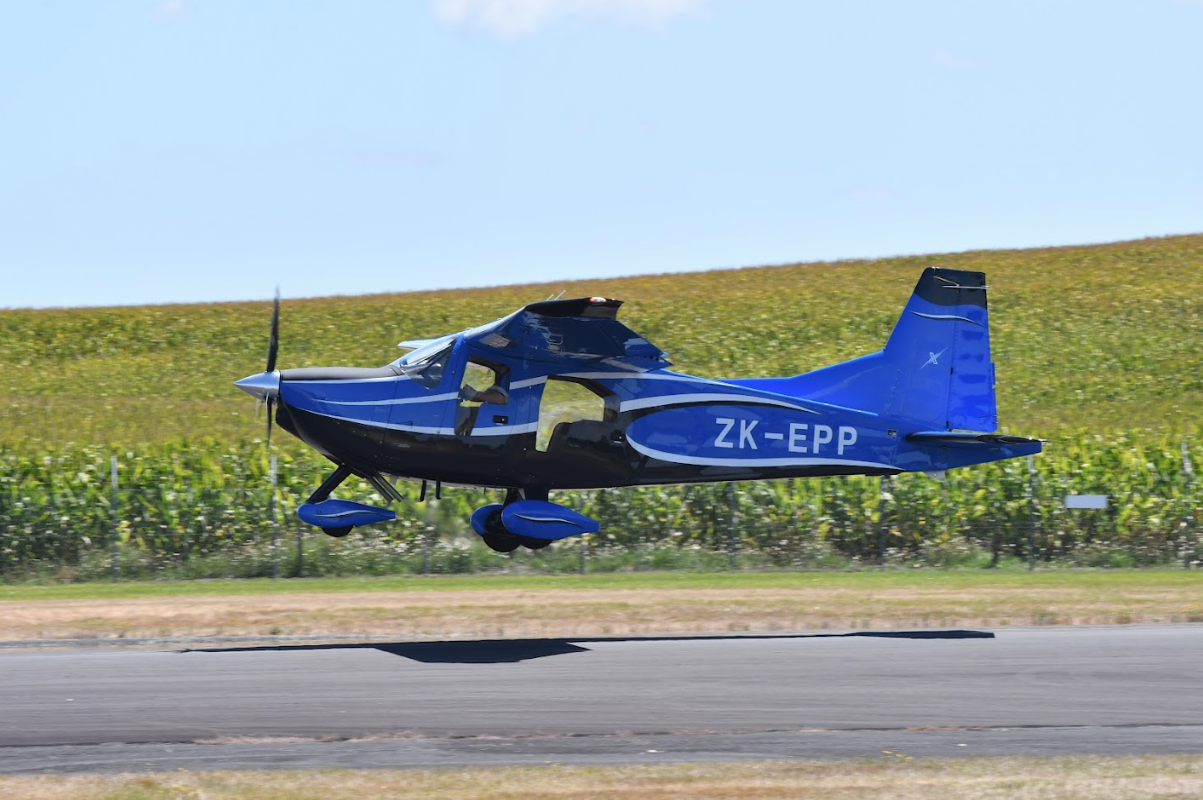World’s Largest Oil Pipeline Expansion to Boost Kiwi Surveillance Aircraft Exports
The expansion of the world’s largest oil and gas pipeline throughout North America is set to provide part of a $70 million boost to exports of New Zealand-made amphibious-capable aircraft over the next decade.
The 29,000 km pipeline, the world’s longest and most complex oil and liquids transportation system, carries over 5.8 million barrels of oil and 0.70 billion cubic meters per day of natural gas. The network extends from the Gulf of Mexico through the US and into Canada – transporting 30% of crude oil produced in North America and a fifth of all natural gas consumed in the United States.

The expansion of the pipeline network is set to increase demand for New Zealand-made E-350 Expedition aircraft.
The North American pipeline company operates a fleet of six E-350 aircraft, a model that was first made in Canada but is now produced by Hamilton-based aeronautical manufacturer and Impact PR client NZAero.
Under a US$1.5 billion system fitness and leak detection annual programme, the aircraft are used to protect the local environment from damage to the subterranean pipeline due to land movement and erosion following weather events as well as unauthorised construction in the area.
A team of pilots fly sorties at an altitude of 200 metres along the network, identifying hazards and helping to prevent damage that could result in environmental contamination.
The aviation patrols have helped the company maintain an almost impeccable safe delivery record of 99.999959% with nearly 37 billion barrels of oil transported over the past decade.
Stephen Burrows, CEO of NZAero, says the US pipeline operator has recently taken delivery of the first E-350 sold by the Waikato manufacturer, with a second order currently in production at their facility.
He says the potential growth in the pipeline network represents a multimillion-dollar export opportunity for the New Zealand aeronautical manufacturing sector.
“The E-350 Expedition is a highly versatile utility aircraft that is ideal for carrying passengers and large cargo items. It excels in various environments, functioning as a cross-country cruiser, backcountry bush plane, or floatplane, with rugged landing gear and short takeoff and landing (STOL) capabilities.

“Now the aircraft is back in production, we are seeing a significant enquiry from around the world including Northern Europe, the Middle East and Asia – as a low-cost aircraft to access isolated villages and humanitarian applications such as medivac.
“There is also strong demand coming from North America where most of the aircraft are used in tourism operations taking people into the wilderness. As they can be easily converted to land on water, many of the 80 aircraft in existence are used to access fishing lodges on remote lakes in Canada and Alaska.
“We expect this model to account for around a quarter of our aircraft exports over the next decade and we are aiming to produce around 30 units during this period. This would represent over $70 million in export earnings from this aircraft and its parts and maintenance alone.
“This entry-level offering would complement the global sales of our SuperPac750XL-II, the world’s first XSTOL (Extremely Short Take-Off and Landing) utility aircraft,” he says.
Burrows says the E-350 was selected for its ability to handle heavy turbulence at low altitudes and visibility for the pilots.
He says the addition of another two New Zealand-built E-350s to their fleet over the next two years will standardise the pipeline owner’s fleet across the U.S. and Eastern Canada.
“What sets these aircraft apart for their operations is how tough they are at low altitudes – around 500 to 700 feet. In strong turbulence and during 60-degree bank turns around valve and compressor station sites, they perform flawlessly.
“Some of their planes have nearly 9,000 hours of low-altitude surveillance and show minimal wear. They handle turbulence better, thanks to their beefier wings, which cut the bumpiness in half compared to lighter aircraft. They’re smoother, more durable, and outperform anything they’ve used before.
“The fleet standardisation will allow them to operate seamlessly, as all the planes will be practically identical, meaning their pilots can move between aircraft easily. Plus, having just one set of stock parts makes maintenance far more efficient,” he says.

If you have questions about public relations, contact us today. – we would love to help.
 Enquire
Enquire